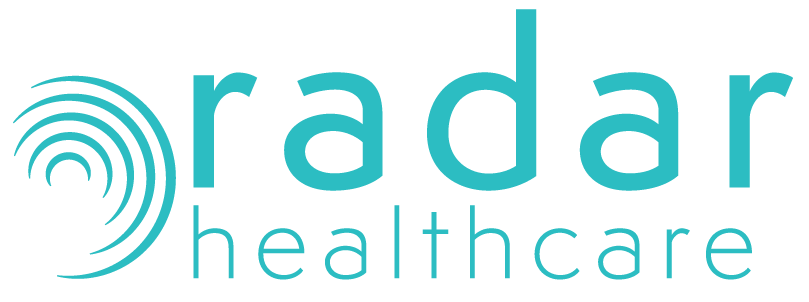Overview
The EIDO Consent Suite is delivered as a cloud-hosted Software as a Service (SaaS) solution. It runs in a highly available production environment hosted by Amazon Web Services (AWS).
When new features are developed or bugs are resolved, updates are deployed to the AWS production environment. This section outlines how those updates are managed.
Types of release
Each update is packaged into a release and tested in staging and UAT environments before being deployed to production. Releases are versioned and fall into three categories:
Major release
Introduces large-scale features or platform enhancements. The major version number changes (e.g. from 1.5 to 2.0). These may include breaking changes, which will be communicated in advance.
Feature release
Adds new functionality or improves existing features. These are typically requested by customers and versioned as 1.y (e.g. 1.6).
Patch release
Fixes bugs or addresses security vulnerabilities. These are versioned as 1.1.x (e.g. 1.1.3). Breaking changes are not expected in patch or feature releases.
Release process
EIDO uses Instatus to manage release notifications and maintenance updates. Customers can subscribe to alerts via email, Slack, or API.
Before a release, a maintenance window is published on the status page:
This includes the date, start time, and expected duration. Updates during maintenance are also posted here.
All maintenance windows are scheduled outside UK office hours.
Sandbox testing
Major and feature releases are first deployed to a sandbox environment. Each customer has a dedicated account for testing and training.
- Customers receive a list of included items.
- Releases remain in sandbox for around 10 working days.
- A target production deployment date is shared.
Customers may test relevant items and raise support tickets for any issues. These are addressed and redeployed to sandbox. Production dates may shift depending on the nature of the fixes.
Where possible, major releases with breaking changes will remain in sandbox longer.
Patch releases and HL7 interfaces
Patch releases are scheduled in advance and deployed during maintenance windows. EIDO may roll out urgent security patches without prior notice.
During maintenance, firewall and network rules block incoming HL7 messages from Trust Integration Engines (TIEs). Messages queue on the customer side and resume once the block is lifted.

